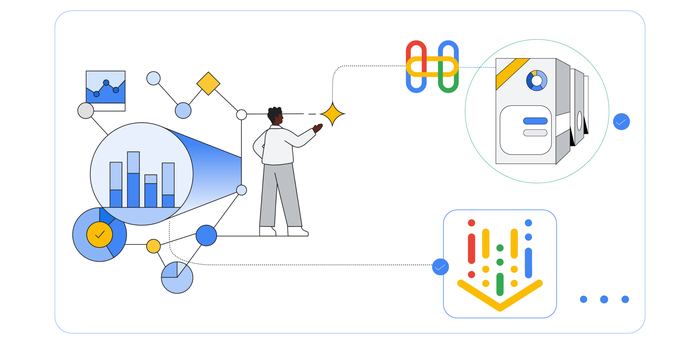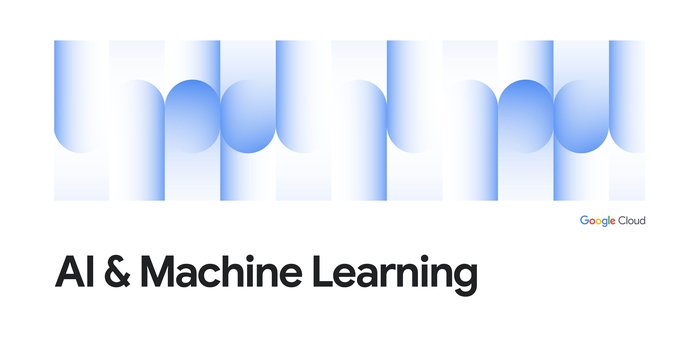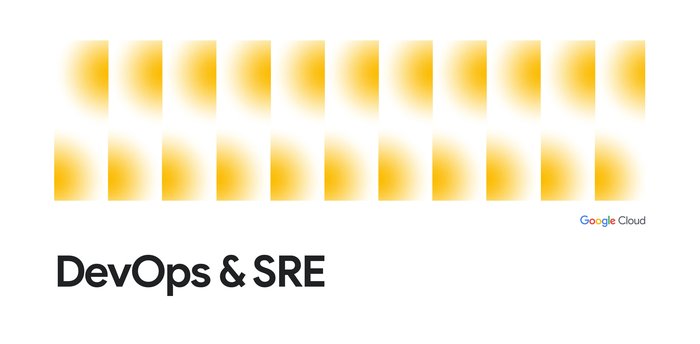Cloud Build を使用して Docker イメージをビルドし、push する方法
Google Cloud Japan Team
※この投稿は米国時間 2022 年 12 月 8 日に、Google Cloud blog に投稿されたものの抄訳です。
サーバーレス サービスを作成する場合は、Cloud Build をご確認ください。
Cloud Build は、Google Cloud でビルドを実行できる人気の高い Google Cloud サービスです。また、さまざまなリポジトリやクラウド ストレージ スペースからソースコードをインポートし、仕様に合わせてビルドを実行し、Docker コンテナや Java アーカイブなどのアーティファクトを生成できます。Cloud Build はサーバーレスであるため、インフラストラクチャの設定、アップグレード、スケールを行うことなく、スケールアップやスケールダウンが可能です。このブログ投稿では、Cloud Build を使用して Docker イメージをビルドし、push する方法を説明します。ここで説明する手順に従う際は、こちらのチュートリアルもあわせてご覧ください。
ステップ 1
まず最初に、新しいプロジェクトを作成します。この例では、「test-ctd」という既存のプロジェクトを使用して、Cloud Build API、Artifact Registry API などの Google Cloud API を有効にします。課金を有効にしているか、無料試用モードを使用している場合は、必要な API を有効にすることができます。
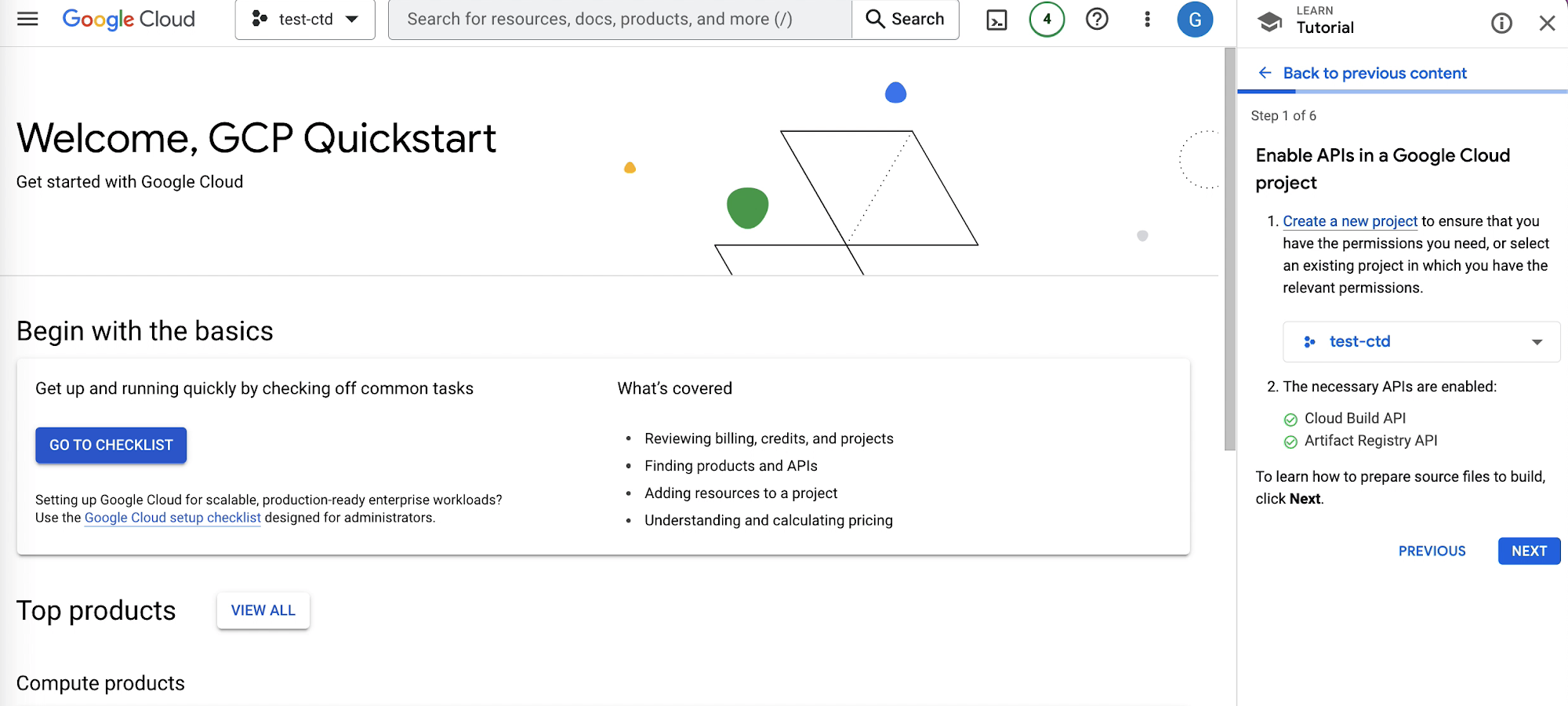

ステップ 2
次は、ソースファイルの準備です。Cloud Shell を開き、下の画像のコマンドを使用して「quickstart-docker」というディレクトリを作成します。


このコマンドを実行すると Cloud Shell エディタが表示されるので、先ほど作成した quickstart-docker フォルダに quickstart.sh という名前のファイルを作成します。このファイルには、下の画像にあるような小さなコマンドが格納されます。
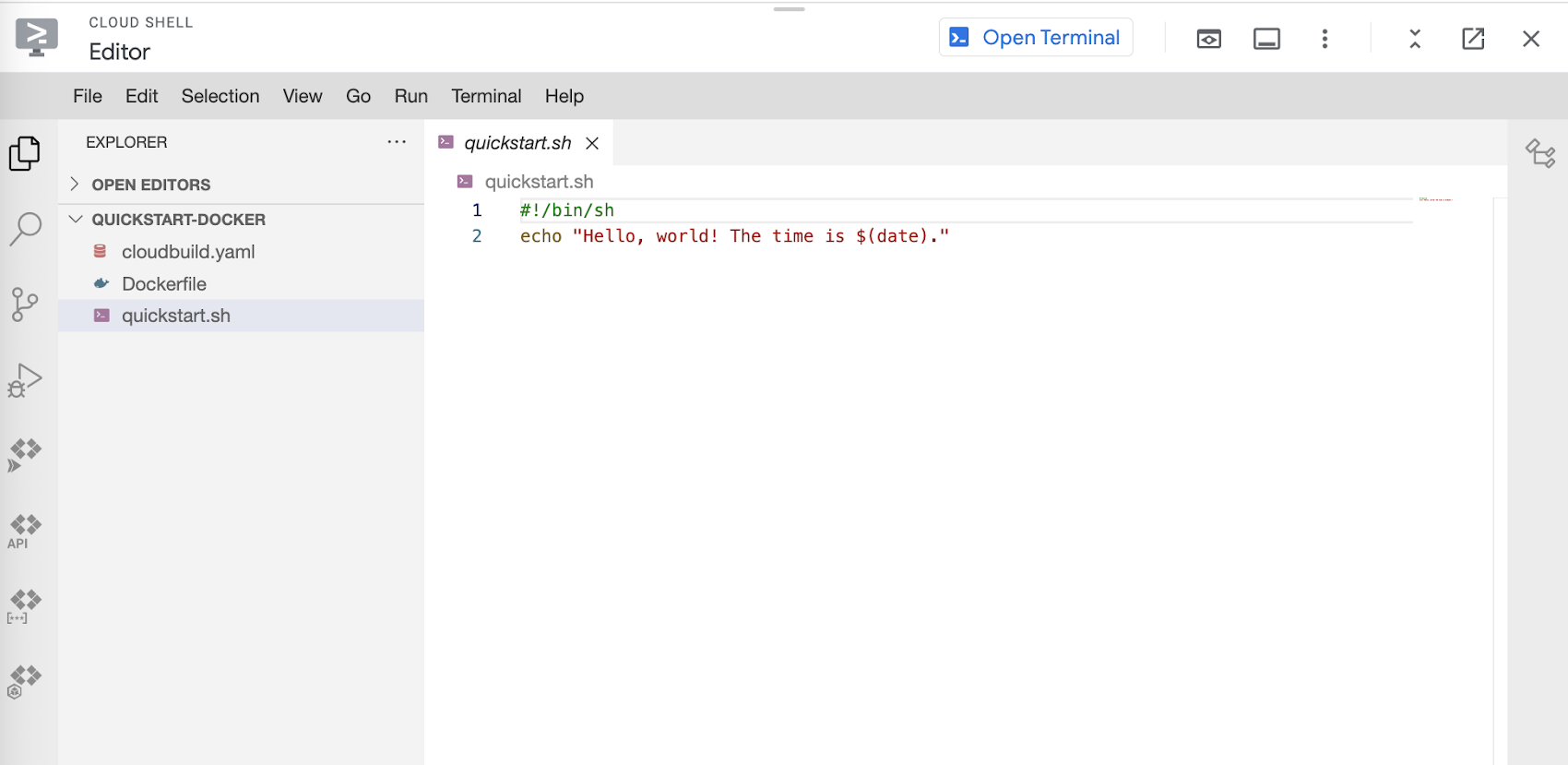

上部のナビゲーション バーの [File] > [Save] をクリックしてファイルを保存します。
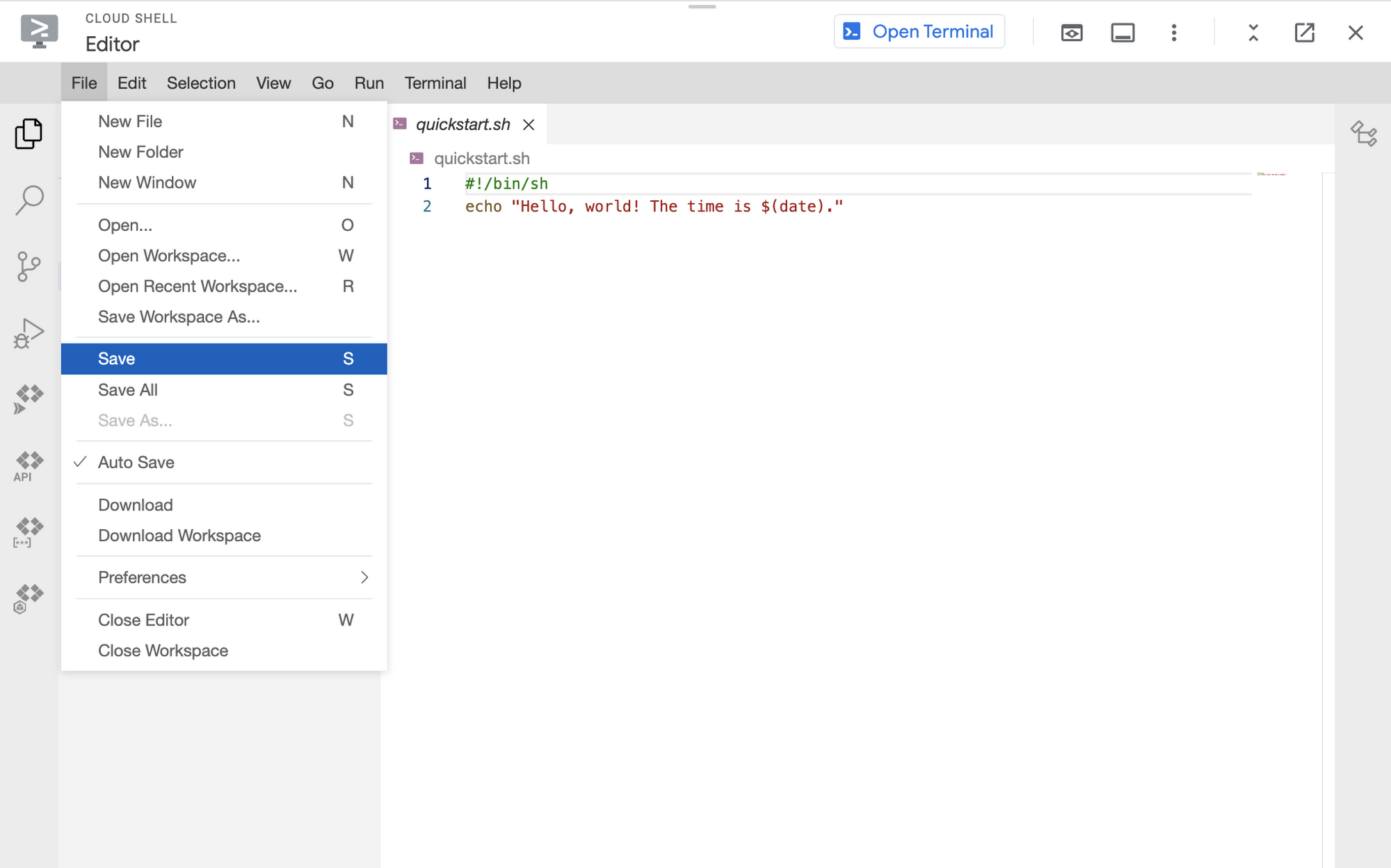

続けて、Cloud Build が実行する Dockerfile を作成します。Dockerfile には、quickstart.sh を実行するための小さなスクリプトを追加します。このファイルも必ず保存してください。
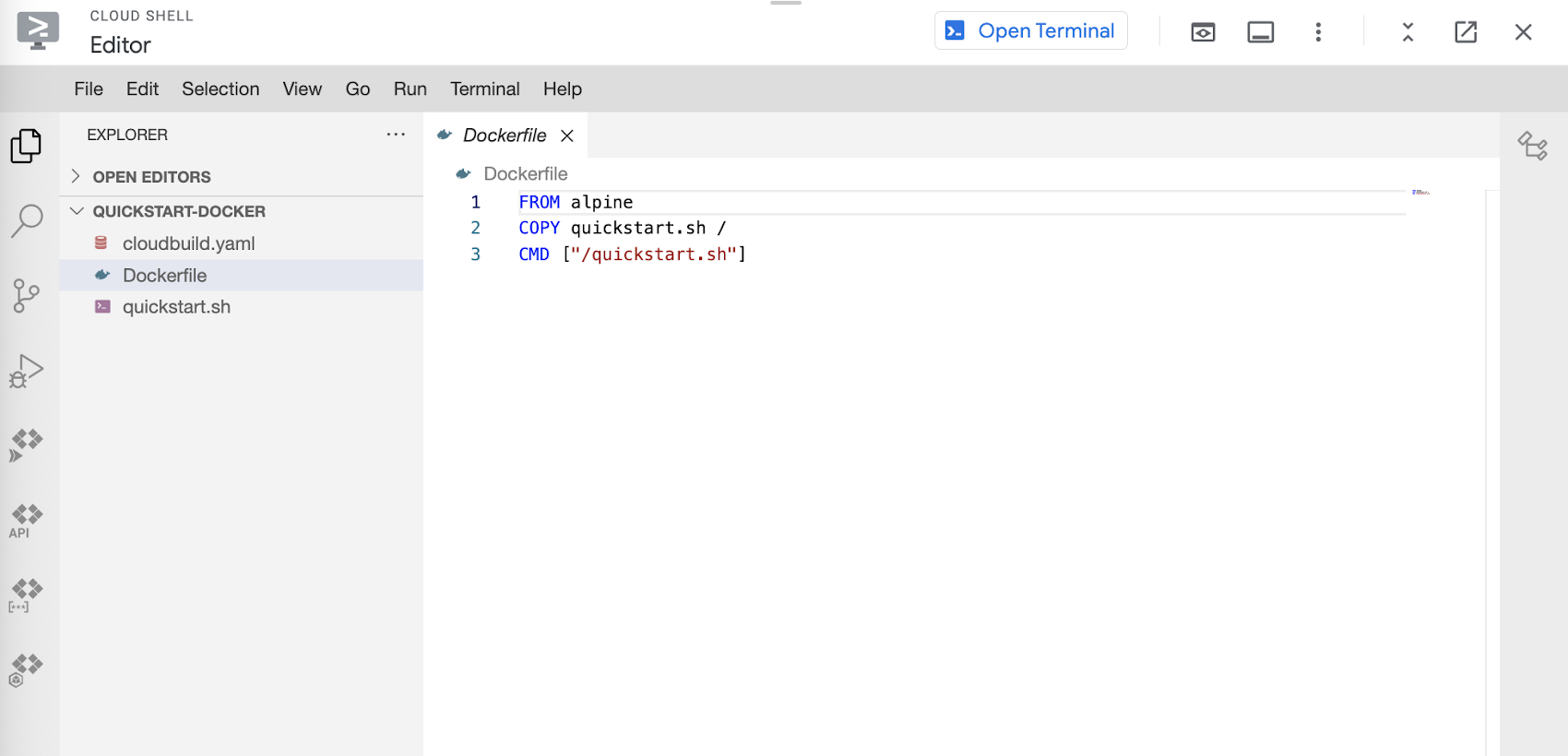

ターミナルに戻り、下の画像のコマンドを実行して、quickstart.sh を実行可能にします。
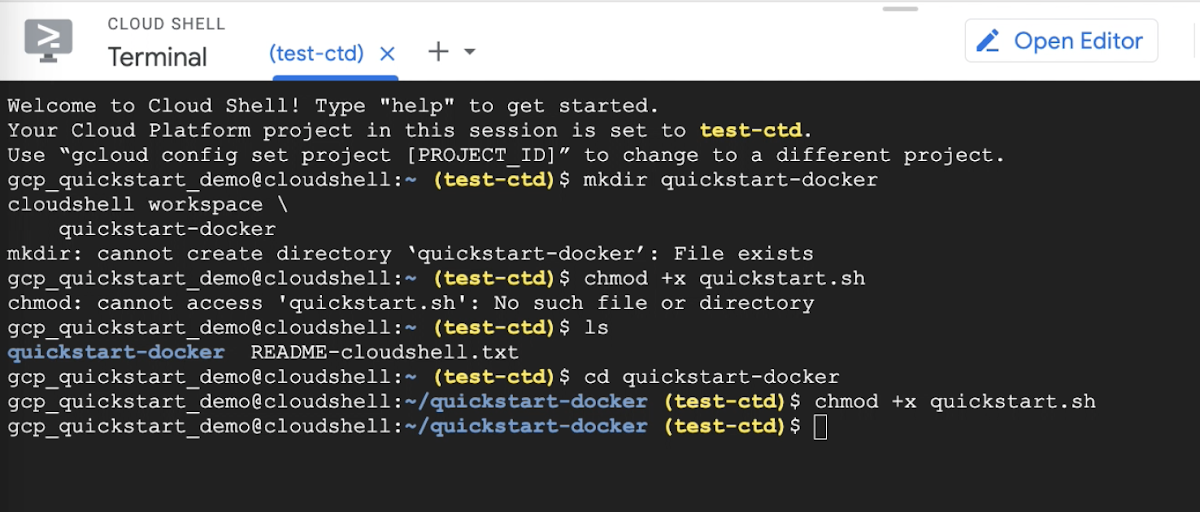

ステップ 3
3 つ目のステップに進み、Artifact Registry のリポジトリに新しい Docker リポジトリを作成します。
ロケーション us-west2 に quickstart-docker-repo という名前の新しい Docker リポジトリを作成し、「Docker repository」という説明を指定します。このアクションを実行するためのコマンドを下図に示します。


Artifact Registry へのファイルの追加
次に、以下のコマンドを実行して、リポジトリが作成されたことを確認します。コマンドを実行すると、quickstart-docker-repo が Artifact Registry に作成されていることがわかります。


ステップ 4
次に、実行したビルドを確認するために、[Cloud Build] > [履歴] に移動します。特定のビルドをクリックすると、ビルドログ、実行の詳細、ビルド アートファクトなどのビルドの概要の詳細を確認できます。
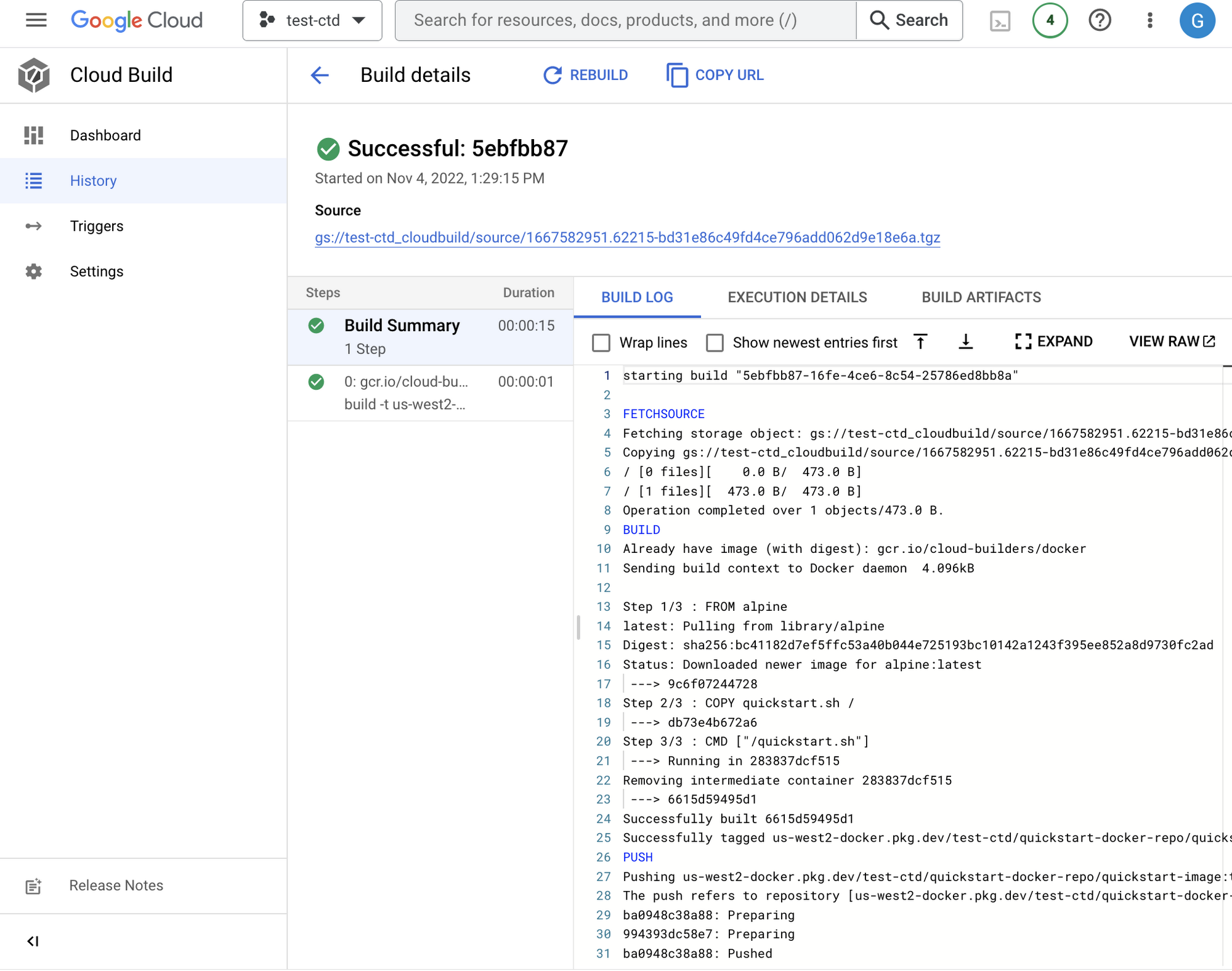

ビルド履歴
ステップ 5
最後に、課金が発生しないよう、例として作成したリソースを削除しておきましょう。ナビゲーション バーに戻り、Artifact Registry にアクセスします。続けて、先ほど作成した quickstart-docker-repo を選択して [DELETE] をクリックします。
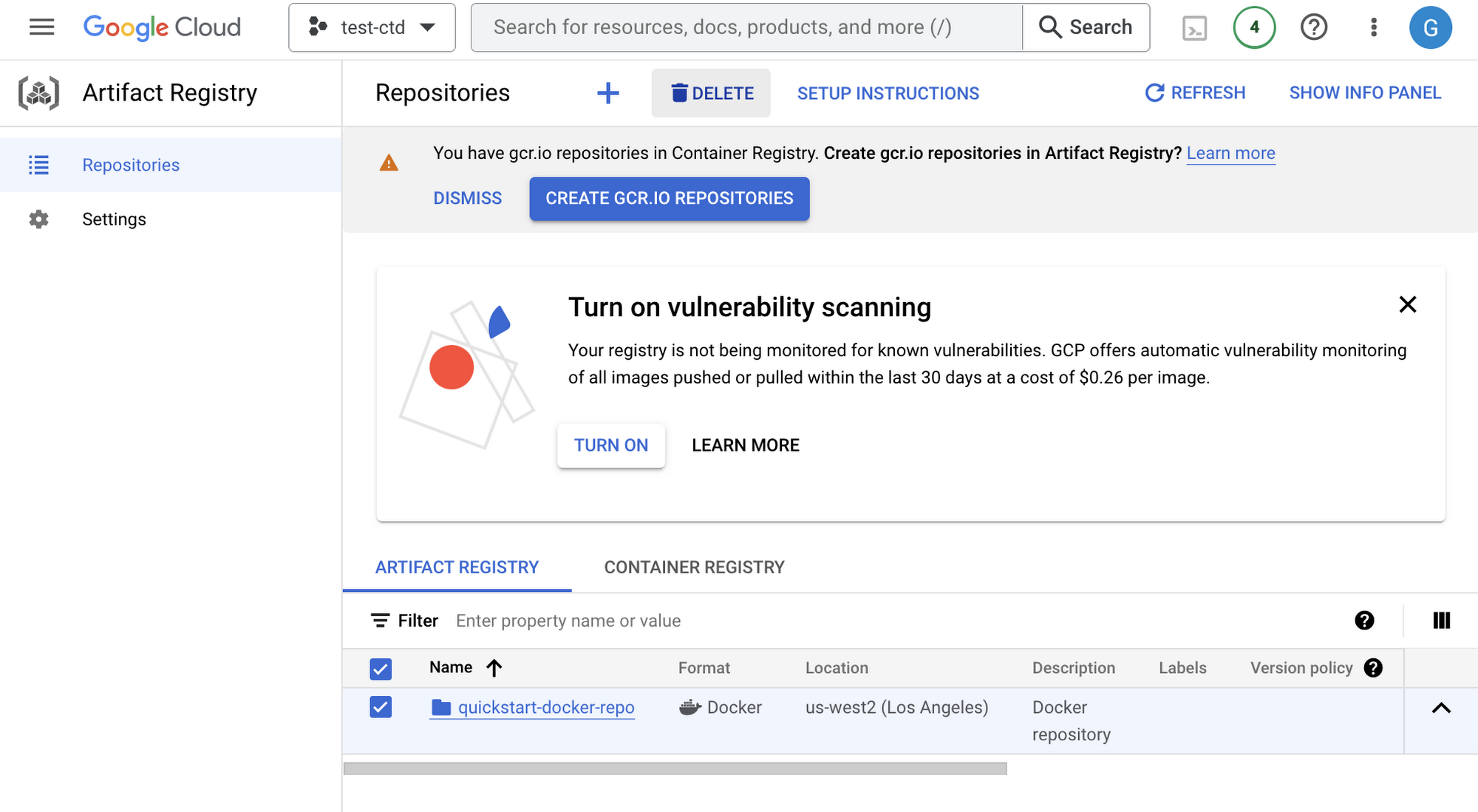

まとめ
説明は以上です。いかに簡単に、Cloud Build を使用して Docker イメージをビルドし push できるのかご理解いただけたのではないでしょうか。Google Cloud の別のチュートリアルをお試しになりたい場合は、こちらのブログ投稿をご覧ください。
- デベロッパー アドボケイト Bukola Ayodele
